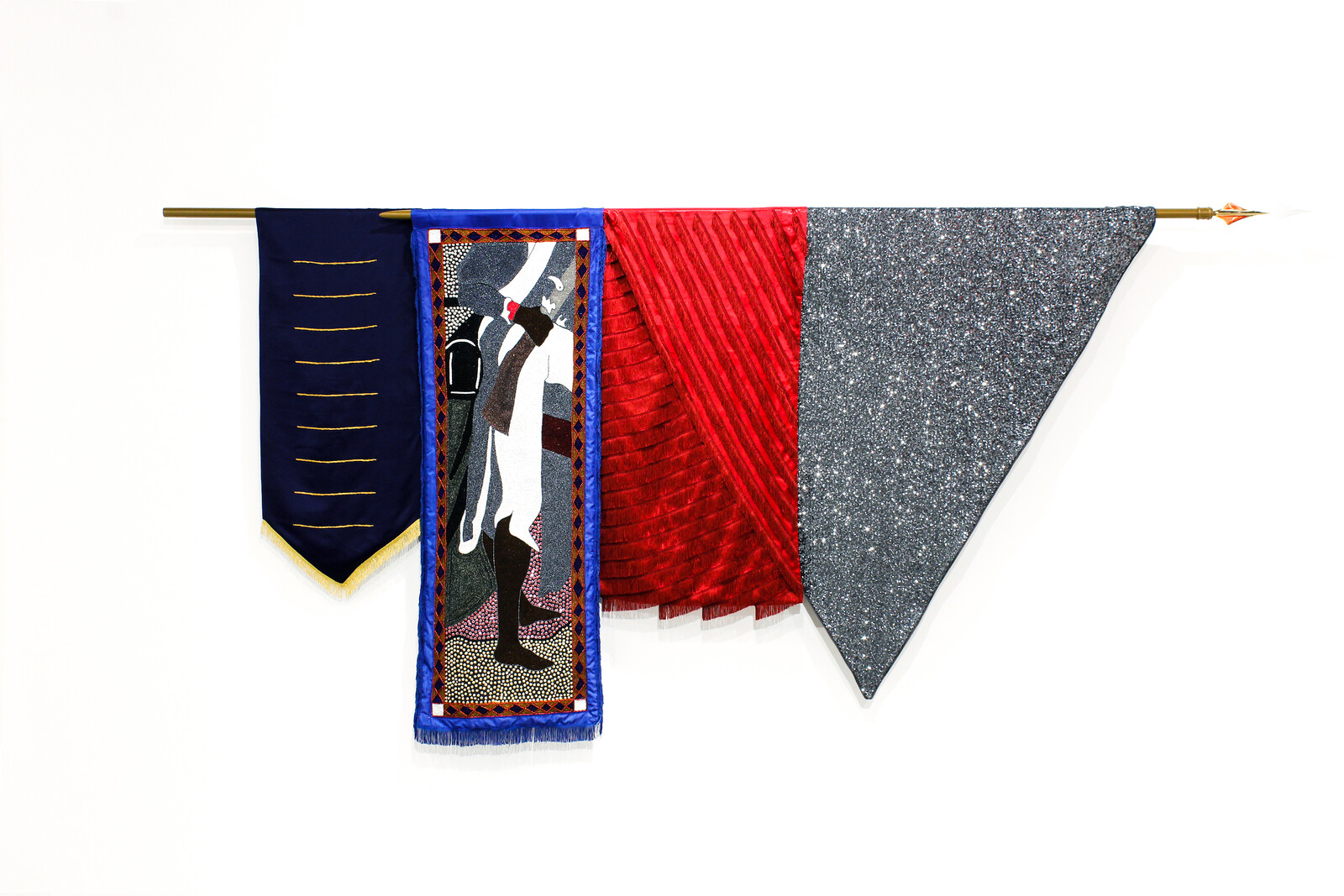Meta is a collaboration between art-agenda and TextWork, editorial platform of the Fondation Pernod Ricard, in which writers reflect on the experience of writing about art. Here, Sarah Rifky looks back on her monographic essay on Kapwani Kiwanga’s work “Perfect Fit.”
Saint Louis
I started writing “Perfect Fit” in a classroom at the Institut Français in Saint Louis, Senegal. It was June 2018. The text was untitled. I was with colleagues (read: friends) from the continent (read: Africa), and we were formulating an instruction for France: to establish an Institute of Black Studies in France.
France resisted the intellectual imperative. To them, the continent was a country.
The instruction outlined departments for the filing of imaginary history, for authorizing fiction and unauthorized movements, as well as other methods of disruption.
The confabulations of this meeting were the scaffolding for what later became “Perfect Fit.”
Paris
I had seen Kapwani Kiwanga perform once in Paris, years before. One of my first attempts at writing was to remember the exact quality of the feeling of being in her audience. Her performance two-toned the space in orange brown and cooler, shaped shadows.
On a Saturday in late November 2018, we met at Café de la Poste, even though I was curious about her home studio, which I had only read about. At the cafe, Pauline Autet from TextWork asked if she could take a photo of us. The meeting had the flair of archival importance, it felt diplomatic.
The café was loud, and I asked if we could leave. We paced to her gallery, and I typed Stichworte into my phone.
At Jérôme Poggi’s office, Kapwani’s laptop seemed too large for the table it balanced on. There was a lot to cover. Each chapter of conversation was annotated with my requests for images, files, videos, documentation. The encounter felt extractive.
Looking back at my notes from that afternoon, I was dissatisfied: entire phrases sounded like ones I had read in other interviews she had given.
I was struggling with the text.
The frustration had something to do with the fact that I had never seen any of Kapwani’s art objects.
Pauline was sympathetic. She suggested I travel two weeks later to Art Basel Miami Beach, where Poggi was showing Kapwani’s works.
Miami
I wore a bright yellow dress to the fair. I saw the new work for the first time. I spent a while with it, in real life. I imagined it as a high-resolution raw file. I pinched its details, studying it closely. The more I strained to see the work, the more it stared at me. This made me uncomfortable. I wore sunglasses inside the fair, deflecting the gaze of other artworks.
I left without a text. I had fragments and yearned for an algorithm. In narrative, I was indecisive about the work.
MIT
Kapwani had a solo show opening at the MIT List Visual Art Center in February 2019. A planned trip to Cairo meant I would miss the show.
We managed to meet while she was installing. We were unconvinced by how we appeared together in the photo Pauline had taken of us in Paris, so we spent the morning trying to take the perfect photo. We perfected our staged co-presentation. I relaxed knowing we had something in common. We both laughed a lot.
Bright pink and black triangles of shade cloth were the backdrop to our portrait. The blue shade cloth would have made an excellent complement to that part of the show, but it was too late to include.
Cairo
When Omar al-Bashir was deposed in Sudan on April 11, 2019, the text was disoriented and months overdue. What did it mean to write about the practice of a Canadian artist with Tanzanian roots for readers from the art world and an otherwise French public?
Unable to reconcile versions of the text, and of myself writing it, I tried my best to craft a narrative to understand what made me the perfect fit to write about Kiwanga and her work.
And then I remembered verbatim a few lines from one of my favorite short films by Athina Rachel Tsangari, Fit (1994):
“Lizzy is trying to fit her sock on her foot. Although last night before she went to sleep both of her socks were size six, today, Monday April 2, the left sock seemed to be at least three sizes smaller than the right. She looks puzzled at her foot, which patiently waits to be dressed.”
